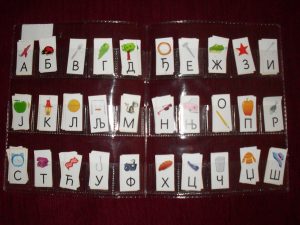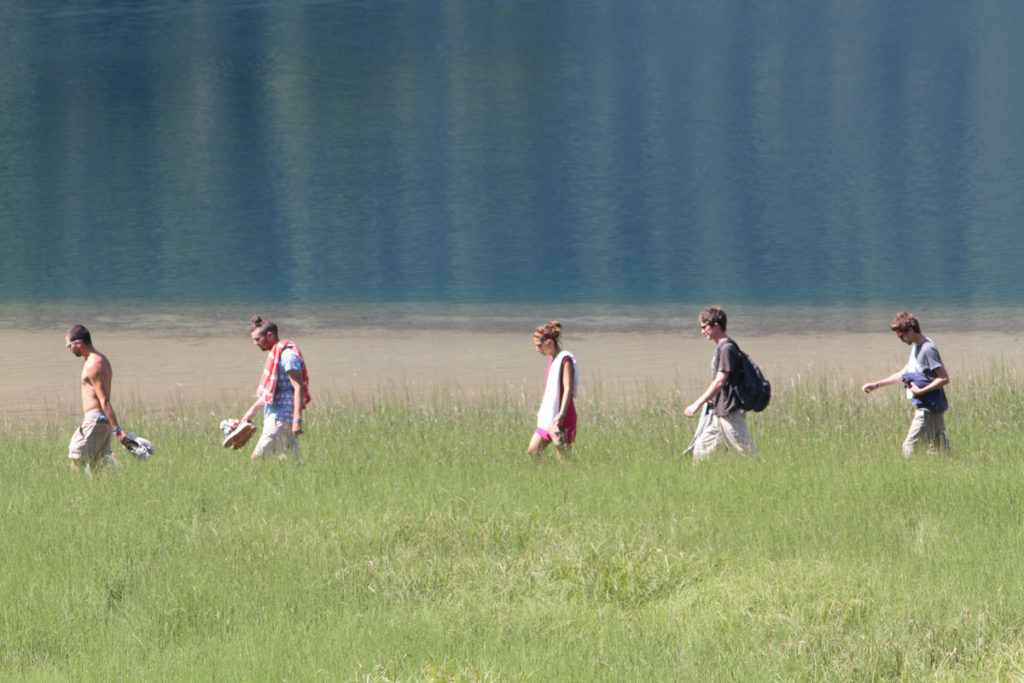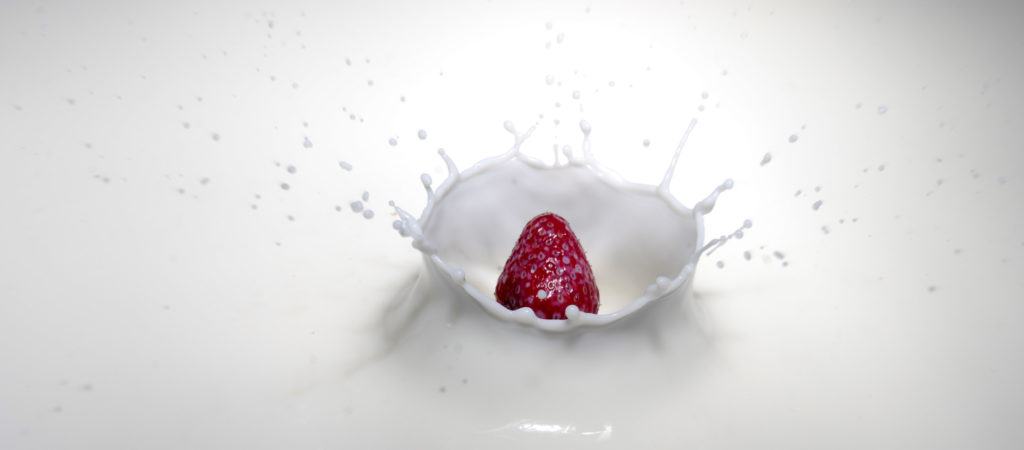Does more/better equipment means better photos?
When I was a kid, before I went to school, my aunt was very ambitious to teach me how to read, and that resulted in me knowing how to read and write in preschool. But then in the first grade we had these stickers with the alphabet, and we were doing exercises where teacher proposed some word and we had to recreate that word using stickers. I had these stickers, but unfortunately I didn’t have this nylon holder as you can see on the photo, and every time we had to create proposed words, I had to search for the letters through the pile which made me the slowest kid in the class.

The situation got so serious that teacher thought I have problems with studying and called my parents. The problem was that this nylon holder was hard to find, and my parents had to order it from somewhere far away, so it introduced an extra delay in delivery. At the end everything was good, but I still remember all my frustration back then.
So how do I find the correlation between this incident and photography? Well, many times I have a great idea or opportunity for a photo, but I am unable to realize it because of the lack of the equipment. Sometimes it’s possible to improvise, sometimes it’s not, and here are just a couple examples of what am I talking about.
Tripod
A tripod is a great piece of equipment even though many young photographers underestimate it. Especially now when cameras go up to ISO 12800, so it’s possible to shoot with shorter expositions even in dark places. But once when all that noise, which high ISO causes, starts to bother, the only option which remains is to find some steady spot and shoot with longer expositions.
So here is an example from when I was visiting Lapland with friends, and wanted to make some photos of auroras. When we finally got a chance to see some, I made couple test shoots and determined the best* setup. While I was doing that, friends already laid down and watched the show, so I decided to change the frame and put them into it.
* This photo was shot at ISO 400, with 30 second exposition and aperture f3.5. I would go for higher f-number and lower ISO, but I didn’t have a remote trigger with myself (big mistake!), and camera settings didn’t allow longer expositions without the trigger.
In this situation I was lucky to have a tripod with me. I remember other friends improvising with bags, chairs, even making stands out of snow. It can work, but tripod really helped me out in this situation.
Beside this responsibility of tripod to help you take long exposure photos, you can also use one for keeping the camera steady while making HDR photos, for selfies and also for defense of wild animals that might attack you while photographing in a wild. In that situation, it’s a life saver 🙂
Lenses
Usually, when people buy their first exchangeable lens camera, they get some kit lens with it. Most of the time it’s 18-55mm f3.5-5.6 kit lens. It’s pretty good lens for the beginners, I’m using it quite much as my all around lens, but it has its own limitations. The photo above was made with a Nikon 10-24mm at its widest 10mm. I tried to shoot with a mentioned kit lens first, but photos weren’t that ‘nice’. They just didn’t transfer that feeling I had back then. TBH it wasn’t even my camera as I was shooting with Canon back then, so I had to borrow everything from a friend.
Following photo was made with a telephoto lens. I had my digital camera with me, but as I had only my kit lens for it, I was also carrying an old Zenite SLR with 200mm lens mounted on it. I could call it a half-way improvisation, and in this case it worked.

Flash
The built in flash can be useful in some situations, but in many times it’s useless. Some of the weakness of a built in flash are its power and fact it could not be taken off. You can find some solution how to use built in flash in a better way (sry it’s on Serbian, translation in progress), but there is a reason why they make external flashes.
So here is another example.

I made this one with flash positioned behind the subject instead on the top of the camera, turned to shoot at the background. It was some old flash from some old camera and it was triggered by improvised cable. Way too much time spent on trying and trying, but at the end, I caught some nice moments, which would not be that nice if I shoot with built in flash. One more time, equipment wins.
Conclusion
I believe this gives you an idea, which you can apply to any piece of equipment. The more/better equipment gives you an opportunity to take specific shots, therefore you can make some good photos. Though in this blog, I presented examples which do require some specific equipment, it doesn’t mean you need all that equipment immediately when you buy a camera. In order to make great photos, you need to know first which equipment to use in which situation and how to properly utilize that equipment.
So when is it the right time to get new equipment?
For me it works the best when I get a feeling of limitation, when I cannot create the shoot I want with the equipment I have. Then I need to figure out how to get over it. Sometimes I finish improvising, sometimes I buy a new piece of equipment.
